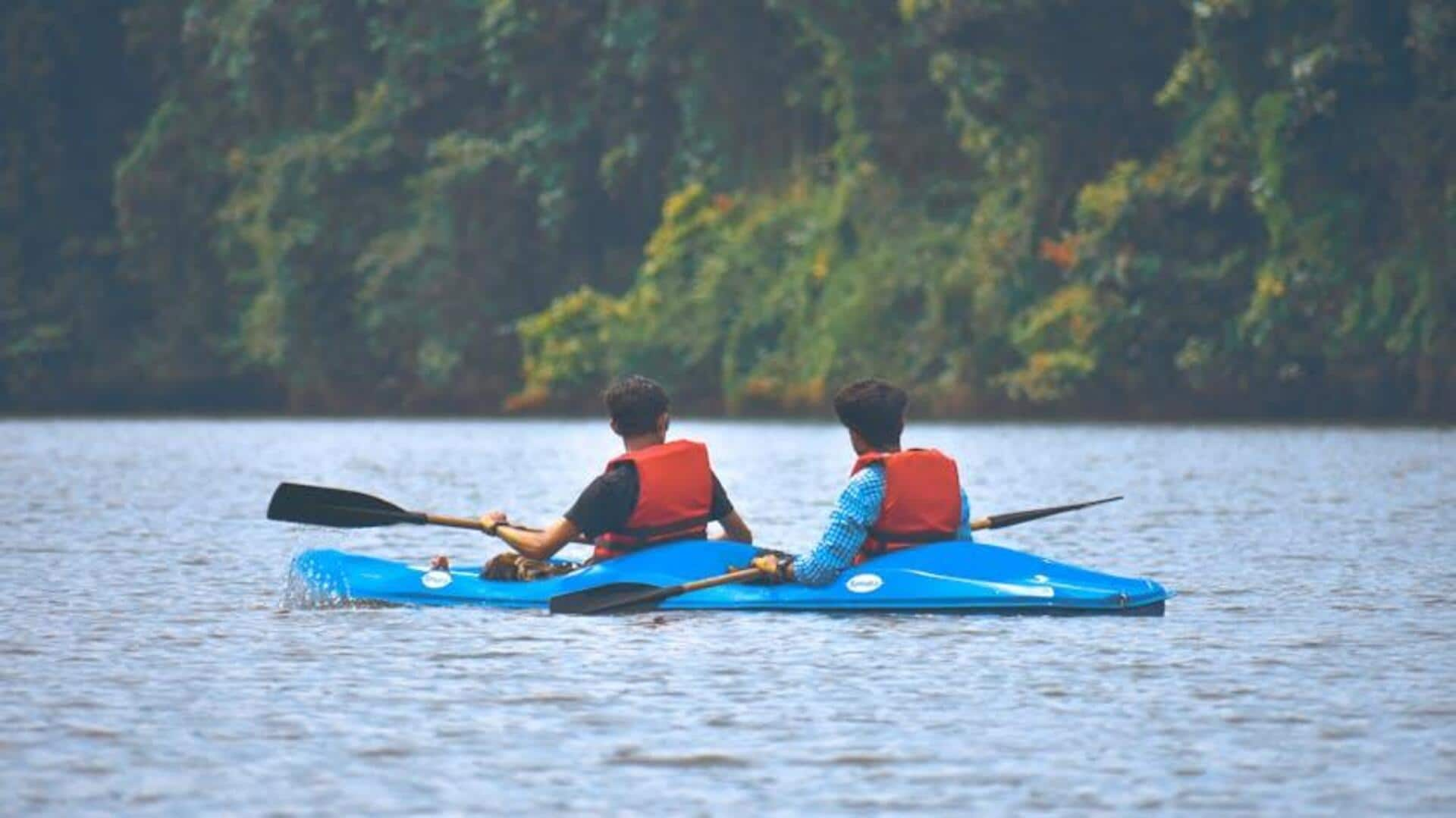
Kayaking v/s hiking: Which improves your endurance?
What's the story
Kayaking and hiking are popular outdoor activities, both of which offer unique physical endurance benefits. While both activities engage different muscle groups and provide cardiovascular exercise, they do so differently. Kayaking mostly works the upper body, while hiking engages the lower body. Knowing the difference can help you choose an activity that aligns with your fitness goals and preferences. Here's looking at the endurance benefits of kayaking and hiking.
#1
Upper body strength in kayaking
Kayaking is another great workout that helps strengthen your upper body. The repetitive motion of paddling involves muscles in your arms, shoulders, chest, and back. This constant movement improves muscle tone and endurance over time. The need for core stability to keep you balanced on water also contributes to overall strength. If you want to focus on upper body conditioning while enjoying nature, kayaking is a great option.
#2
Cardiovascular benefits of hiking
Hiking is a great cardiovascular workout since it elevates your heart rate through continuous movement across uneven ground. While trekkers walk on ascending and descending trails, their body exerts itself to keep up with pace and balance. As a result, your heart health improves and so does your endurance over a period. You can also control the intensity by selecting trails of different levels, making it beginner-friendly as well as suitable for die-hard enthusiasts.
#3
Mental health boost from nature activities
Both kayaking and hiking come with mental health benefits, as they put participants in a natural environment away from the hustle and bustle of cities. Interaction with nature has been proven to curb anxiety levels by as much as 20% in some studies, while relieving stress with fresh air and beautiful sights. They bring mindfulness into practice as people focus on their surroundings instead of daily worries or screens.
Tip 1
Flexibility improvement through regular practice
Regular participation in kayaking or hiking can enhance flexibility, as both activities involve dynamic movements that stretch various muscle groups. These exercises when performed correctly under guidance, especially for beginners, ensure safety and prevent strain. This leads to improved flexibility over time without causing harm, making these activities suitable for enhancing physical health and ensuring safety remains a priority.